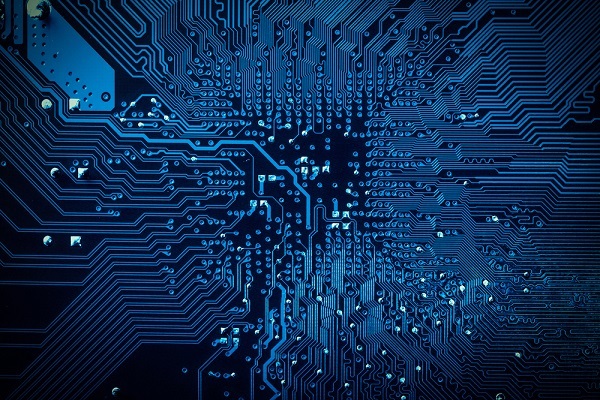SSZTB91 june 2016
I have written several articles on high-speed signaling, including a short blog post called “Everything is Part of the Circuit,” published in 2013. In that post, I suggested thinking differently about high-speed electronics in that, like Newtonian physics vs. Einstein’s general relativity, things are different when you go faster.
For circuit operations near DC (less than 100 MHz), you can ignore much of the parasitic effects of components and interconnects. However, computing and communications speeds are ever increasing. This trend has progressed so far that designers must now deal with signal integrity – the engineering of signal quality – daily. It’s no longer simply a matter of limited applications that require special high-speed considerations. Modern field-programmable gate arrays (FPGAs) and processors easily run in the multigigahertz range and have communication interfaces that extend beyond 25 Gbps.

In an article on signal integrity published in the Analog Applications Journal (AAJ), I attempt to lay the groundwork for engineers designing equipment that incorporates very high-speed circuitry such as 10 Gigabit Ethernet, Peripheral Component Interconnect Express (PCIe), Serial Attached Small Computer System Interface (SAS), Serial Advanced Technology Attachment (SATA) and more exotic interfaces such as JESD204B used on modern gigasample data converters. These standards are well into the stratosphere of performance today, but the roadmaps are telling: high-speed interfaces and systems will only get faster with time.
With consumers demanding higher speed connectivity coupled with enhanced computing, system architects are constantly struggling to extract more bandwidth from the existing infrastructure. The billions of handsets, tablets, laptops and Internet of Things (IoT) are placing unbelievable performance requirements on communications systems using existing frequency allocations. The results of this trend are new technologies such as elemental beamforming and spatial multiplexing to squeeze ever-more bandwidth from the existing spectrum. Concurrently, optical communications are moving beyond single-mode fiber and incorporating wave-division multiplexing to carry even more data.
At the end of the day, the board designs for these systems are entering a period where everything on the printed circuit board (PCB) becomes part of the circuit, including the PCB itself. If you’re designing very high-performance computing platforms or communications systems, you may benefit from an understanding of some of the underlying issues with signal integrity at extreme speeds, as well as the value of using active signal conditioning. Continue reading about signal integrity in my AAJ article … till next time!
Additional Resources
- Explore more how-to technical articles at TI.com/AAJ.
- Learn about optimizing signal integrity in this training video.